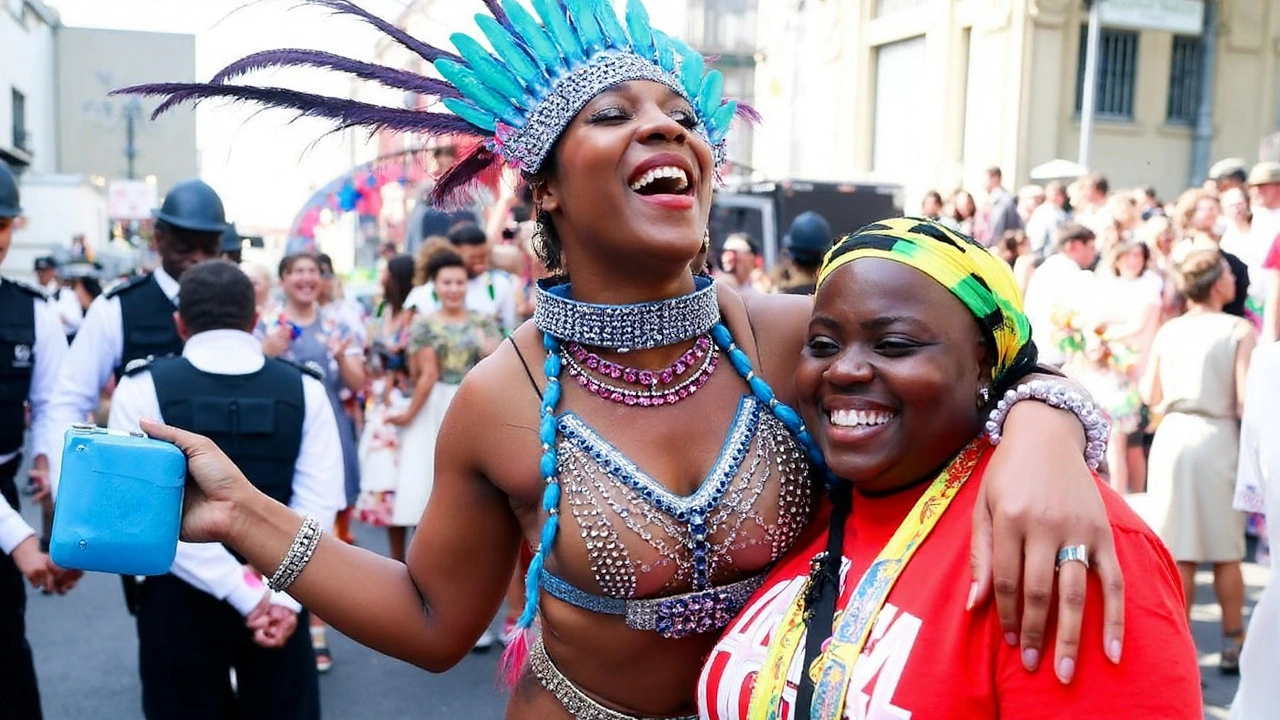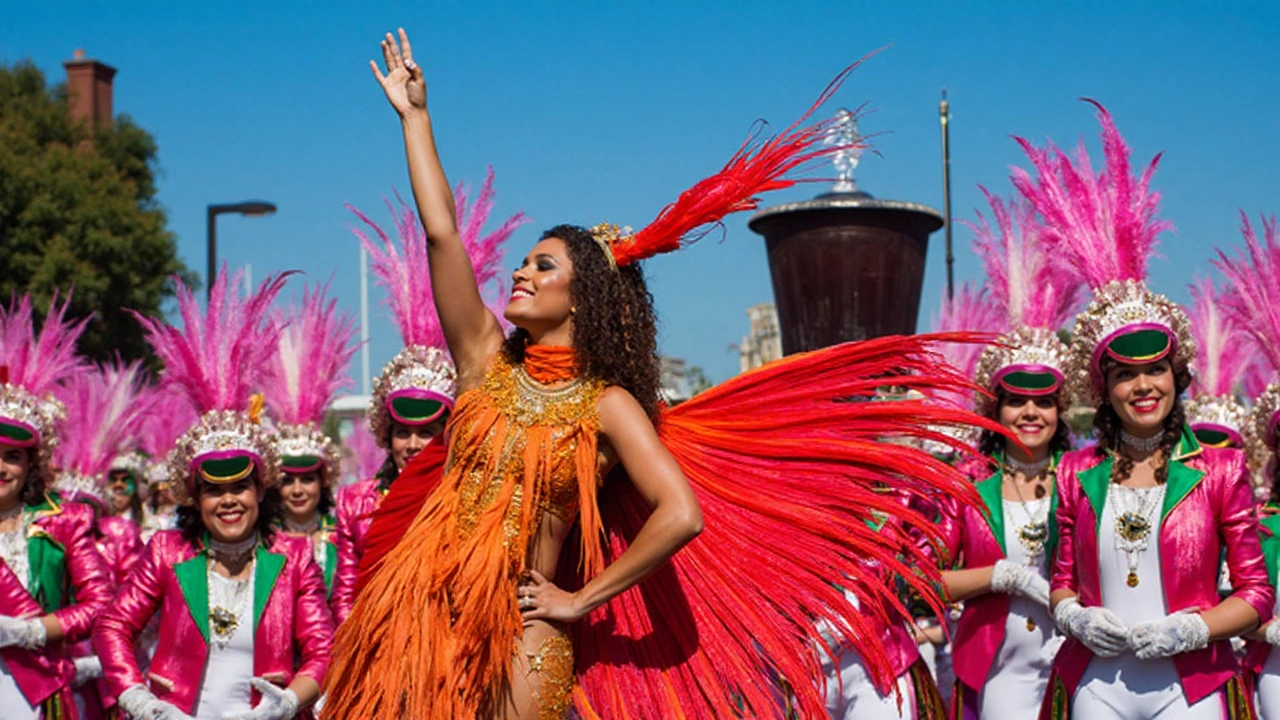By Daxton
Two million people, hundreds of floats, and a complete rethink of how west London moves for 48 hours. That’s the scale of Notting Hill Carnival 2025. If you live, work, or plan to party anywhere near the route, treat this as your action plan: what’s closing, when it reopens, and how to get in and out without losing your weekend to gridlock.
Notting Hill Carnival takes place across the August bank holiday weekend, Sunday 24 and Monday 25 August 2025. Most streets inside the Carnival footprint close from 6am Sunday and stay shut until 6am Tuesday 26 August. Parking suspensions kick in earlier—11:59pm on Saturday 23 August—so cars must be moved before midnight on Saturday if you’re inside the zone.
Road closures and parking: what’s changing and where
From dawn on Sunday, road access switches from normal traffic to event-only. Inside the cordon, only Carnival floats, pre‑authorised event vehicles, and emergency services can move. If you’re planning to drive, don’t. Even if you know the back routes, stewarded barriers, police controls, and tow‑away operations will block cut‑throughs and enforce the closures.
Here’s the core list of streets and corridors flagged for full or partial closure by the Royal Borough of Kensington and Chelsea and partners. This covers key arteries, mews, and residential roads inside the event footprint:
- Harrow Road (A404) southside
- Great Western Road (A4207)
- Blagrove Road, Codrington Mews, Colville Houses
- Colville Mews off Lonsdale Road
- Edge Street, Holland Park Mews, Kensington Park Mews
- Lancaster Road east of Ladbroke Grove to Portobello Road
- Sutherland Place, Talbot Road, Tavistock Road and Tavistock Crescent
- Uxbridge Street, Wellington Close
- Westbourne Gardens, Westbourne Grove, Westbourne Grove Terrace, Westbourne Park Road and Westbourne Park Villas
- Western Mews, West Carriage Drive, West Cross Route
- Westway (eastbound), Woodfield Place and Woodfield Road
Expect the closure footprint to expand dynamically if crowds swell, especially late afternoon when the parade and sound systems peak. Barriers move to manage flow, so streets that look open in the morning can be sealed off later for safety. If you’re a resident or trader, keep your permit and ID handy—stewards and police will ask for proof when you approach staffed checkpoints.
Parking suspensions are strict. Bays—resident, pay‑and‑display, shared‑use, car club, and loading—are taken out of service across the zone from 11:59pm Saturday until 6am Tuesday. Vehicles left in suspended bays risk fines and towing to clear the parade route and emergency lanes. Blue Badge holders should plan for step‑free public transport or drop‑off outside the cordon; on‑street disabled bays inside the footprint are not guaranteed during event hours.
Deliveries and collections pause during closure hours. If you’re a business, schedule stock drops for early Saturday or after roads reopen Tuesday morning. Waste sacks should not be left out during peak hours—collection timetables change around Carnival and crews focus on post‑event clean-up overnight Monday into Tuesday.
Emergency services keep priority corridors open throughout. Don’t block stewards, move when asked, and avoid sitting on barriers—those are adjusted quickly to keep access lanes clear.

Travel, stations, and how to actually get there
Public transport is the only realistic way to reach the Carnival. Even then, build in time for queues, one‑way systems, and sudden closures to prevent overcrowding.
Key headline first: Ladbroke Grove station is closed all day across both Carnival days. Other nearby stations—Latimer Road, Notting Hill Gate, Westbourne Park, and Holland Park—will run with crowd controls, temporary closures, or entry restrictions at short notice. Trains may not stop if platforms are full. Follow staff direction and plan an alternative station for your exit.
Long‑distance travel is wobbly, too. Cross Country services face cancellations, and engineering works affect major London hubs including King’s Cross and London Euston across the weekend. If you’re coming from outside the capital, check your train before you leave and consider arriving earlier in the day to avoid late‑afternoon crowd pressure.
Good entry options if you’re walking in: Paddington (about 20–30 minutes on foot), Bayswater (15–20 minutes), Shepherd’s Bush and White City (25–30 minutes), and Kensal Green or Queen’s Park (20–30 minutes). These are outside the tightest controls and usually give you more room to move. For step‑free travel, Paddington, White City, and Wood Lane are among the better bets—always verify step‑free status on the day in case of lift outages.
Buses will be heavily diverted around the Carnival zone. Stops inside and on the edges of the footprint will be closed. If you rely on buses, switch to Tube or Overground for most of your journey, then walk the last stretch.
Taxis and rideshares can’t enter the cordon. Set your pick‑up and drop‑off a few streets away from the closures—think outside Westway to the north, near Shepherd’s Bush to the south‑west, or around Bayswater/Paddington to the east. Agree a landmark meeting point in advance because phone signal can buckle under load.
Cycling is often quicker than the bus diversions, but parking is tight and many side streets are barriered. Lock up well outside the zone and don’t ride into dense crowds—dismount where stewards ask. Private e‑scooters are not permitted on TfL services, so don’t plan to bring one on the Tube or trains.
Here’s how the two days usually run. The main parade sets off at 10:30am on Sunday and Monday. Sound systems go live from 12:00pm. Music winds down ahead of the 8pm finish. Sunday skews more family‑friendly, with children’s groups and earlier crowds; Monday brings the grand parade, bigger sound system audiences, and heavier evening flows. If you want a calmer experience, aim for late morning and leave before the peak late‑afternoon push.
What to expect once you’re in: an explosion of Caribbean, African, and Brazilian culture that goes way beyond feathers and bass. Floats and mas bands include Bajan Raw Licquer, Mahogany, Chocolate Nation, Mas Africa, Vincy Alliance, and United Kreyol—names that carry traditions from Trinidad & Tobago, Barbados, St Lucia, Grenada, Jamaica, Dominica, and Haiti. Food stalls line key corridors, queues build fast, and card readers can lag when networks are busy, so bring a small amount of cash as backup.
Practical survival kit: refillable water bottle, sunscreen, something warm for the evening, and comfortable shoes. Set a meeting point in case your group gets split. If you’re bringing kids, ear protection helps and a label with your contact number tucked into a pocket is smart. Keep valuables zipped and out of back pockets.
Residents’ checklist: move your car before Saturday midnight, read the suspension signs on your street, and keep an eye on council updates for any last‑minute changes. If you need care workers or essential deliveries during the event, arrange timings outside peak hours and tell providers about the access restrictions. Pets don’t love sub‑bass—plan walks early.
Clean‑up is quick and loud. Overnight crews move in after the 8pm shutdown on Monday, and the big sweep runs into the early hours. Roads reopen from 6am Tuesday, but expect minor snagging as barriers and signs are collected.
One final sanity check for travellers: leave earlier than you think, pick a plan B station for exit, and be ready to walk a bit more than usual. That small buffer turns a stressful crush into an easy glide to the sound systems and the parade.





